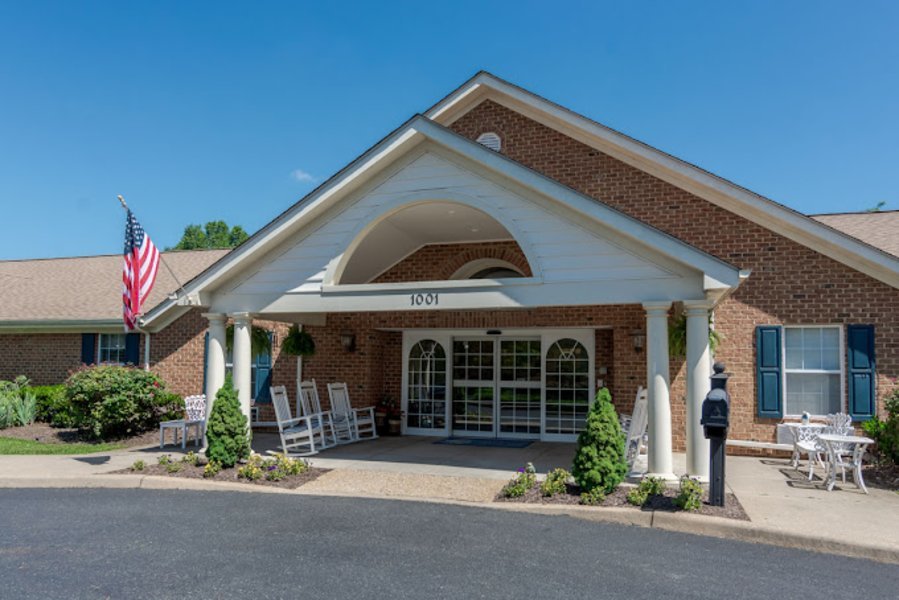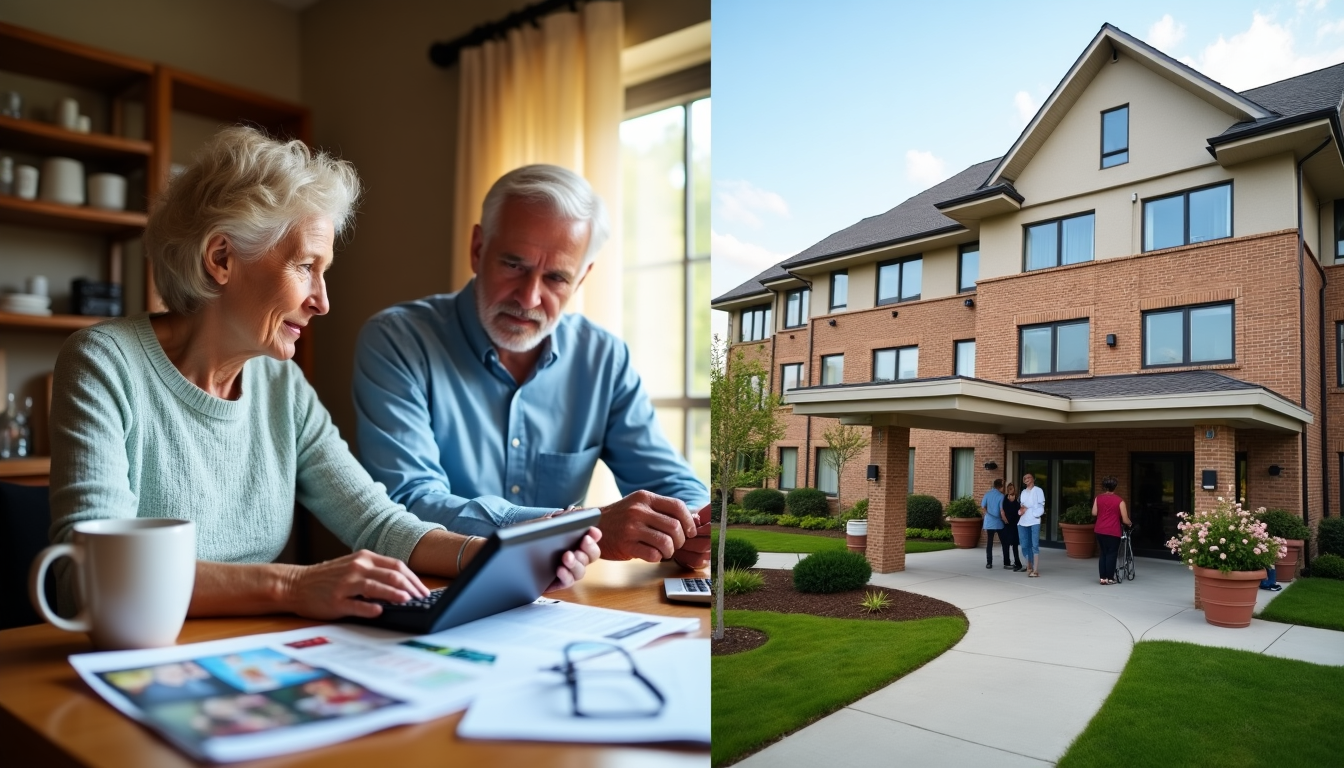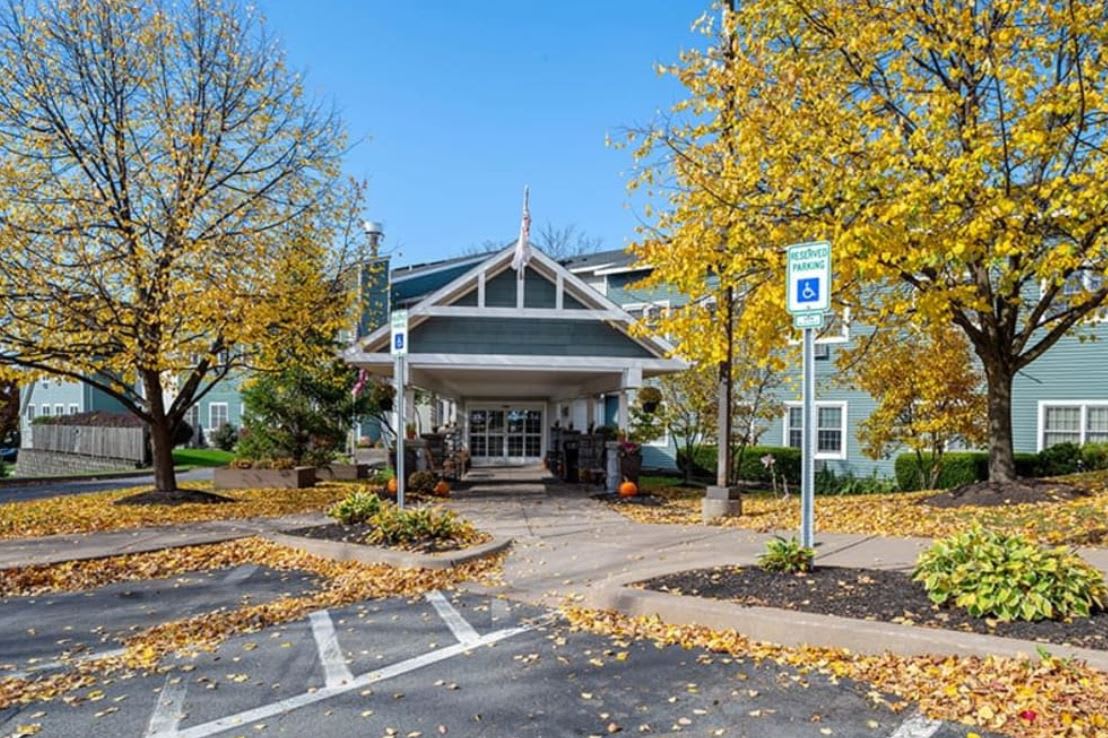The year 2030 will see one in five Americans aged 65 or older, marking an unprecedented transformation in our nation’s demographics.
The US aging population creates most important challenges and opportunities for our healthcare system. Aging population statistics reveal that Americans aged 65 and older will exceed 77 million by 2034. This number will surpass all but one of these children under 18 for the first time in our history.
This demographic change revolutionizes aging in America and challenges us to reimagine healthcare delivery. Healthcare systems must adapt their workforce development and adopt state-of-the-art technology. Our healthcare system needs to evolve and meet these growing needs while ensuring quality care for our aging population.
Current Healthcare System Challenges
The US healthcare system struggles under unprecedented pressure as it faces multiple systemic challenges to serve our aging population. These critical problems need immediate attention.
Healthcare Workforce Shortages
A critical shortage of healthcare workers threatens the system, and experts project a deficit of over 100,000 workers by 2028. The situation looks especially dire in specific roles and regions:
- Nursing assistants: projected shortage of 73,000
- Most affected states: New York, New Jersey, and Tennessee
- Fastest-growing need: Nurse practitioners
- Slowest growth: Nursing assistant field (0.1% annual growth)
Infrastructure and Facility Limitations
Healthcare facilities can’t keep up with increasing patient loads. A private room in a nursing home now costs $116,000 annually, while home health aide services run about $75,000 per year. These numbers show why we need modern infrastructure and expanded capacity right away.
Rising Healthcare Costs and Medicare Impact
Medicare’s financial challenges worry our aging population deeply. The program now makes up 21% of total national health spending and faces serious sustainability issues. Medicare households spend about $7,000 annually on healthcare – 13.6% of their total household budget. This amount doubles what non-Medicare households typically spend.
The Medicare Hospital Insurance trust fund could run out by 2028. Rising administrative costs and growing service demands from our aging population make this problem even worse.
Technological Solutions and Innovation
Technology is changing the way we deliver healthcare to our aging population. New solutions help us tackle challenges we face today. Let’s look at how these advances are reshaping healthcare.
Telehealth and Remote Patient Monitoring
Telehealth adoption has grown dramatically from 4.6% to 21.1% over the last several years. Remote Patient Monitoring (RPM) is a vital part of modern healthcare that lets providers:
- Track vital signs and health markers immediately
- Spot early warning signs of health complications
- Cut down unnecessary hospital visits
- Help seniors live independently at home
- Make medical responses quick
AI and Automation in Elderly Care
AI-driven solutions are revolutionizing elderly care through predictive analytics and automated monitoring. CarePredict and other wearable devices learn daily routines and alert caregivers about possible health issues. Smart home technology with AI provides automated lighting, voice-activated devices, and smart monitoring systems. These features support independent living while keeping seniors safe.
Digital Health Records and Care Coordination
Electronic Health Records (EHR) have changed care coordination completely. Healthcare providers can now share information smoothly, which helps 60 million Americans who have multiple chronic conditions. The Continuity of Care Record (CCR) standard gives us:
| Feature | Benefit |
|---|---|
| Standardized Data Format | Improved communication between providers |
| Real-time Updates | Better care coordination |
| Comprehensive Health History | More informed medical decisions |
| Secure Data Transfer | Enhanced privacy protection |
These technologies help address workforce shortages and improve care quality. The results are particularly strong in monitoring health parameters, managing chronic conditions, and improving communication between healthcare providers and patients.
Preventive Care and Wellness Programs
We’re putting in place complete preventive care programs that address our aging population’s complex health needs. These evidence-based initiatives help people stay healthy and prevent diseases from getting worse.
Chronic Disease Management Initiatives
Our chronic disease management programs help the 6 in 10 adults who live with chronic conditions. The 5-year old Chronic Disease Self-Management Education (CDSME) programs deliver remarkable results through:
- Interactive workshops for physical and mental health conditions
- Action planning and problem-solving skill development
- Symptom management techniques for pain, fatigue, and stress
- Regular monitoring and health outcome tracking
Mental Health Support Systems
Mental health services play a vital role for our aging population, as 14% of adults over 50 experience mental illness. We help these individuals through specialized programs including:
| Program Type | Key Features | Target Outcomes |
|---|---|---|
| Wellness Recovery | Individual planning | Stress management |
| Healthy IDEAS | Depression screening | Symptom reduction |
| Group Support | Social interaction | Isolation prevention |
Lifestyle and Nutrition Programs
We’ve launched complete nutrition and wellness initiatives through federal programs. The Food and Nutrition Service (FNS) supports older adults through the Senior Farmers’ Market Nutrition Program and Commodity Supplemental Food Program. These programs ensure adults over 60 can access healthy foods.
Our wellness programs use proven practices that focus on:
- Nutritious meal services through congregate dining and home delivery
- Physical activity programs designed specifically for older adults
- Health education workshops in community-based settings
- Social engagement activities to curb isolation
These preventive care initiatives have showed positive outcomes in various biopsychosocial aspects of aging. Participants report better physical function and more social engagement. Our programs run in more than 250 locations, making them widely accessible and helping reduce the healthcare burden of our growing aging population.
Building a Future-Ready Healthcare System
Building a future-ready healthcare system needs major investment and careful planning. Our aging population statistics show clear challenges ahead. We have started major reforms in three key areas to keep healthcare delivery sustainable.
Healthcare Workforce Development
A serious staff shortage needs new training and retention programs. Our research shows that workplace health promotion interventions help older workers stay healthy and efficient. This works especially well in Central European countries where national policies back this approach. Our data reveals:
| Workforce Initiative | Impact |
|---|---|
| Flexible Working | 15% increase in retention |
| Health Screening | 7% productivity improvement |
| Skills Development | 20% reduction in turnover |
Infrastructure Modernization
Healthcare infrastructure is getting record investment levels. Recent studies show $1.62 billion going into major upgrades at medical centers. Our main goals are:
- State-of-the-art medical facilities with better capacity
- Digital upgrades for telehealth services
- Environmentally responsible energy systems
- Specialized units for geriatric care
Policy and Payment Reform
Medicare payment reforms aim to keep healthcare delivery sustainable. We must fix the 29% drop in Medicare payments since 2001. New targeted reforms to budget neutrality requirements are underway. Both parties support the Strengthening Medicare for Patients and Providers Act. This act brings yearly updates that match practice cost inflation.
Healthcare system changes need teamwork from many groups. States now create detailed Master Plans for Aging. These plans look at financing, infrastructure, health services, workforce, housing, and transportation. Evidence-based plans track progress with clear timelines.
New infrastructure brings economic growth to communities. It creates jobs and helps local businesses grow. Rural and underserved areas get special attention since they need healthcare services most. This teamwork builds a healthcare system that serves our aging population well and stays financially strong.
Conclusion
America’s healthcare system faces a defining moment as it prepares for a major demographic change. We are building a resilient healthcare framework for our aging population through technological solutions, complete preventive care programs and modern infrastructure.
Workforce development initiatives have yielded remarkable results. Breakthroughs in telehealth and AI-driven care solutions showcase our healthcare system’s flexibility. Medicare’s new reforms and creative payment approaches show great potential to address financial stability. Our preventive care programs continue to improve senior citizens’ health outcomes significantly.
Our unified approach to healthcare delivery, infrastructure growth and policy reform equips us to handle America’s aging population’s complex needs effectively. These revolutionary changes backed by informed planning> and community involvement will keep quality care available and sustainable for future generations.
FAQs
What unique challenges does the American healthcare system face due to the aging population?
The American healthcare system encounters specific challenges with the aging population, particularly in long-term care settings. Older individuals often have poorer access to primary care and community health services, and their healthcare tends to be more reactive than proactive.
How is the healthcare system impacted by an increasing aging population?
The U.S. healthcare system is experiencing a supply crisis due to its inability to meet the rising and complex demands of the aging population. This includes a labor shortage and resource constraints, leading to gaps in capacity that compromise the efficiency, equity, and quality of healthcare services.
What opportunities exist for public health to address the needs of the aging population in the U.S.?
There are significant opportunities for public health to enhance the lives of older adults in the U.S. through community-based programs. These initiatives focus on increasing physical activity, preventing falls, and improving overall functioning, which have been shown to effectively boost function and quality of life among the elderly.
What are the challenges associated with caring for an increasing number of elderly individuals?
Caring for a growing elderly population presents multiple challenges: biologically, the goal is to maintain high levels of physical and mental capacity in the later stages of life; socially, optimizing the retirement age is crucial; and culturally, it is important to ensure that older individuals have the opportunity to live fulfilling lives.












